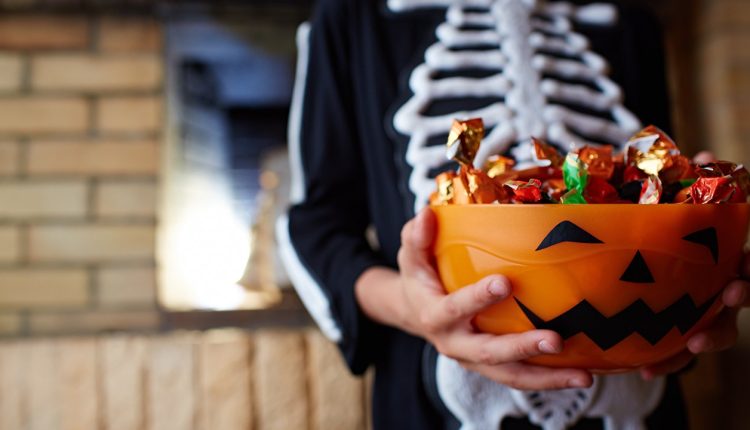Halloween is a time when millions of Americans dress up, play pranks, eat candy and carve pumpkins, but that’s not exactly how the annual celebration got its start.
The spooky folkloric holiday, which is often associated with ghouls and fantastical creatures, can be traced back to an ancient Celtic festival known as Samhain, according to online resources from the publishing company, Encyclopedia Britannica.
Samhain was a pagan religious festival hosted halfway between the autumnal equinox and winter solstice, and it was celebrated in England and Ireland roughly 2,000 years ago, according to historical records.
HALLOWEEN DECOR SWARMS SHELVES IN SUMMER, AND SOCIAL MEDIA USERS SOUND OFF: ‘ALREADY?!’
Typically, Samhain was considered a new year celebration, and it was observed on Nov. 1. Festival participants reportedly lit bonfires and wore masks and costumes to ward off malevolent spirits, Brittanica notes.
By the 1st century A.D., the Roman Empire conquered the Celts and brought two of their festivals to the forefront, including Feralia, which commemorated the dead, and Pomona, which honored the goddess of fruit trees, gardens and orchards.
Roughly six centuries later, those festivals were replaced by Christian traditions – in light of the religious shift in the western world.
For example, the Christian holiday All Saints’ Day started by Pope Boniface IV in the 7th century A.D. was moved from May 13 to Nov. 1, as a way to supersede the pagan fall festivals, Britannia reports.
THIS POPULAR HALLOWEEN DECORATION COULD BE A DANGER TO WILDLIFE: HERE’S WHY
The night before All Saints’ Day – Oct. 31 – was considered All Hallows’ Eve, which had holiday observers commemorating dead family members, martyrs and saints.
The secular and sacred holidays were melded together by the medieval period and went on to be celebrated in England and Ireland among non-Protestant Christians. Eventually, All Hallows’ Eve became known as Halloween.
Halloween made its way to the U.S. in the 1800s from immigrant groups who celebrated the holiday. By the 20th century, the holiday became popular among children, according to Britannica.
RAZOR BLADES AND POISONED CANDY: A HISTORY OF AMERICANS FEARING HALLOWEEN
Modern-day Halloween continues to be celebrated on Oct. 31 each year.
Dressing in costumes, trick-or-treating, carving jack-o-lanterns and playing practical jokes are a big part of Halloween festivities. Witches, ghosts, goblins and other spooky creatures are common costume and decor motifs, which seem to come from the Halloween’s Celtic origins.
Many Halloween celebrators host parties or attend special events if they’re not going door-to-door for candy.
HALLOWEEN OUTRAGE: PARENTS SPEAK UP AFTER PENNSYLVANIA SCHOOL DISTRICT CANCELS KIDS’ OUTDOOR COSTUME PARADES
Some observers celebrate the Christian practices associated with the original All Hallows’ Eve, which could include attending a church service, fasting and praying.
Halloween is celebrated in various countries throughout North America, Europe, Oceania and Asia.
An estimated 148 million Americans celebrate Halloween each year, according to a holiday projection published by the National Retail Federation, the world’s largest retail trade association.
Read the full article here

